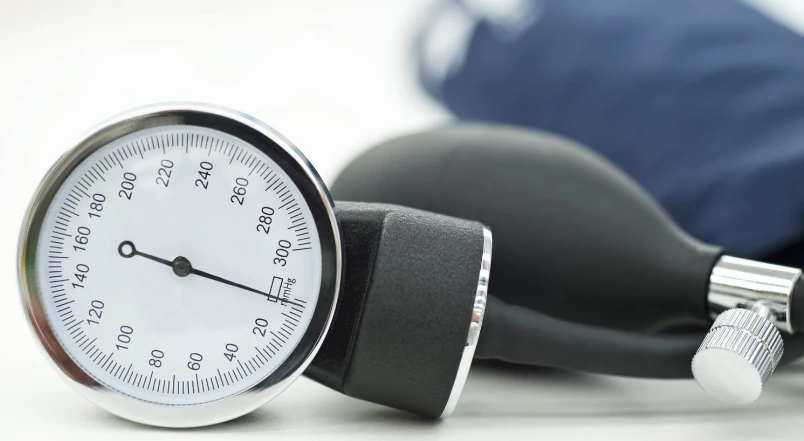Arginine and Nitric Oxide for the endothelium
Arginine is a semi-essential amino acid as well as a precursor of Nitric Oxide (NO); the arginine/NO metabolic pathway plays a fundamental role in maintaining vascular endothelial function (inner epithelial layer of blood vessels ) and positively affects the internal regulation of blood pressure . The right amount of arginine, therefore of nitric oxide, determines an optimal circulatory response to vasodilation and vasoconstriction stimuli, therefore it represents a potentially useful element in the treatment of patients suffering from coronary heart disease and systemic vascular disease.
Increase arginine to improve blood pressure
A study has recently been published (university thesis by Francesco Rombolà – Dietitian) focusing on the effect of short-term supplementation with arginine. The sample examined consists of 14 subjects, of which 7 healthy and 7 diabetic but without complications; the observations lasted 6 months during which the operators measured the blood pressure ( systolic and diastolic ) and the sphygmic wave (body position: supine , instruments: sphygmomanometer for blood pressure and oscillometer for pulsatile pressure on the vessel walls ); in parallel, the analysis of the state of nutrition and the municipalities was also carried outblood chemistry tests . The overall level of arginine intake with the diet was estimated
through the food history and then specific dietary patterns were developed to increase the intake. The foods richest in arginine , therefore added to the diet, are: pine nuts, skinless guinea fowl leg , skinless chicken leg , whole rabbit and turkey ; the most suitable cooking methods are: baked, baked , steamed , grilled and microwaved .
The food schemes administered were divided into 5 meals of which 3 were main meals and two snacks .
N.B. _ The concentration of the other molecules capable of interfering with blood pressure by altering the results ( omega3 , polyphenols , flavonoids , etc.) was kept unchanged. The mean amount of arginine administered was 8g/day.
The results obtained are excellent; the sample of healthy subjects found a significant decrease in blood pressure while the pulsatile pressure (pulse pressure – PP ) remained unchanged. Significant changes were also observed in diabetics: arterial pressure decreased as did PP, while macrovascular elasticity increased.
The study confirms that in the “uncomplicated” type 2 diabetic there is still a certain vascular compromise (affecting the endothelium) against which it is possible to act by promoting the intake of arginine. It acts by increasing the production of ON and consequently favoring the elasticity of the vessels and/or optimizing the vascular compliance .
N.B. _ The bioavailability of arginine depends not only on food sources but also on:
- Amount of Arginase enzyme in intestinal and liver cells
- Amount of transport inhibitors (asymmetric dimethylarginine and n-monomethylarginine).
The study was oriented towards the short term since, according to the results of other researches, the administration of synthetic L-Arginine acts positively for a limited period of time, beyond which the parameters return to the initial levels (effect of the increase of Arginase in enterocytes ).
The most important aspect of the study is undoubtedly the decrease in cardiovascular risk (independent) attributable to the improvement of pulse pressure (PP) parameters; the administration of arginine alone is not sufficient to restore endothelial function, however it can increase the production of ON by improving the vascular compliance parameter.




